 |
 |
 |
 |
 |
 |
 |
 |
 |
 |
 |
 |
 |
 |
 |
 |
 |
 |
| Sphingidae - Sphinx or Hawk Moths |
The Sphingidae include three subfamilies, ca. 200 genera, and 1,450 species found in tropical and temperate areas throughout the world. These are medium to large moths (wingspan 28-175 mm) with robust bodies. The hawkmoths are strong and fast fliers. Adults feed on nectar or occasionally honey or honeydew; most species prefer pale flowers with long corolla tubes. They hover in front of a flower, sipping nectar through the extended proboscis. The caterpillars lack stinging hairs, but most species have a prominent dorsal horn at the tip of abdomen.
| Macroglossinae | ||
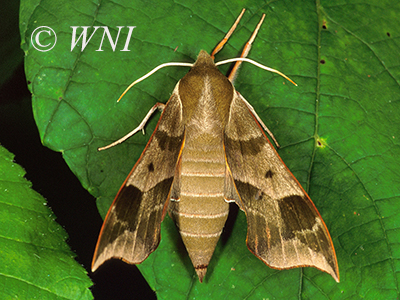 |
Virginia Creeper Sphinx (Darapsa myron) |
|
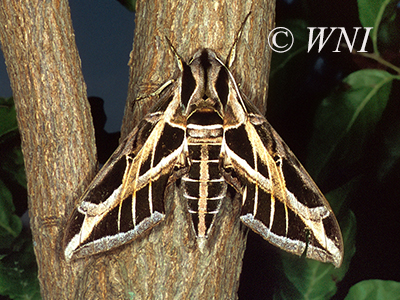 |
Vine Sphinx (Eumorpha vitis) |
|
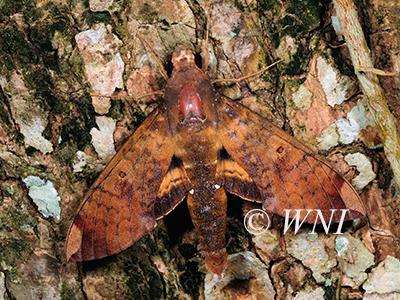 |
Fig Sphinx (Pachylia ficus) |
|
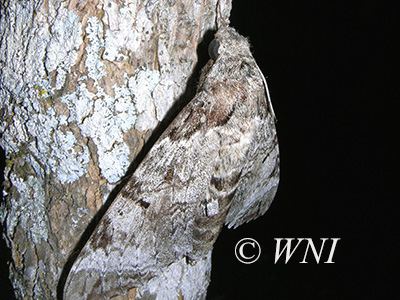 |
Tetrio Sphinx (Pseudosphinx tetrio) |
|
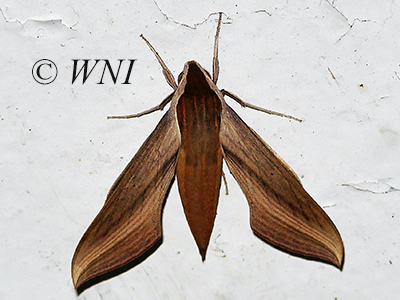 |
Tersa Sphinx (Xylophanes tersa) |
|
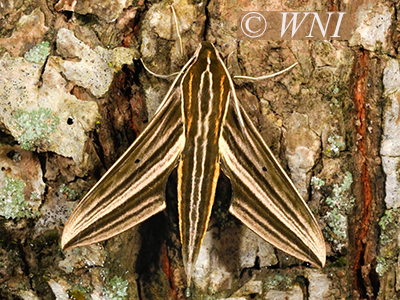 |
Titan Sphinx (Xylophanes titana) |
|
| Smerinthinae | ||
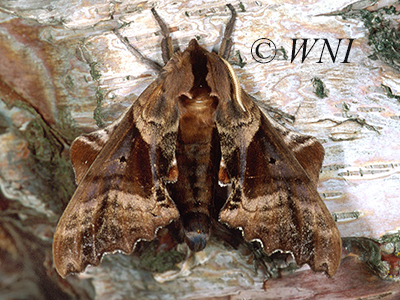 |
Blinded Sphinx (Paonias excaecatus) |
|
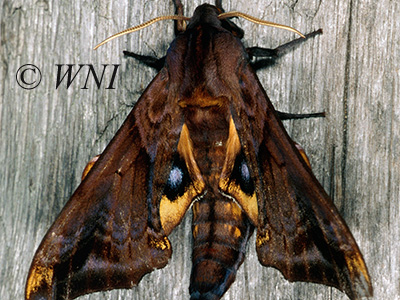 |
Small-eyed Sphinx (Paonias myops) |
|
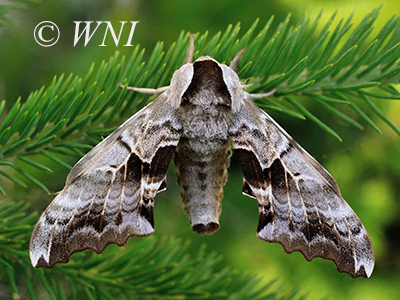 |
One-eyed Sphinx (Smerinthus cerisyi) |
|
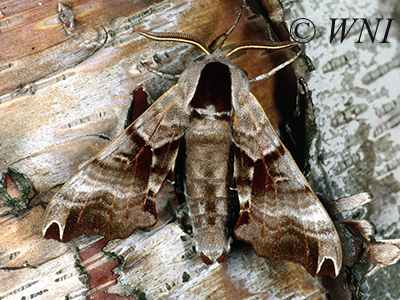 |
Twin-spotted Sphinx (Smerinthus jamaicensis) |
|
| Sphinginae | ||
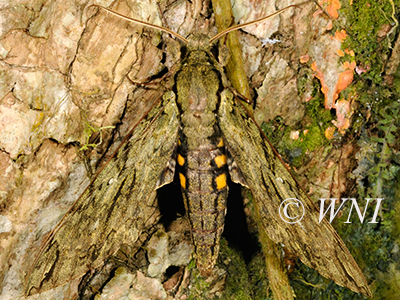 |
Lucifer Sphinx (Amphonyx lucifer) |
|
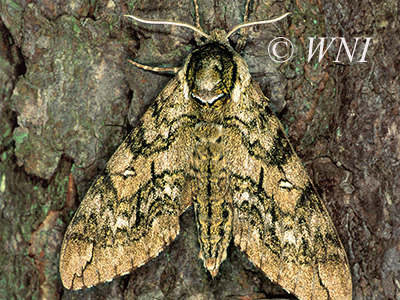 |
Waved Sphinx (Ceratomia undulosa) |
|
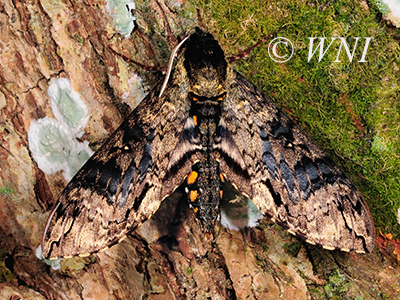 |
Brazilian Sphinx (Manduca brasiliensis) |
|
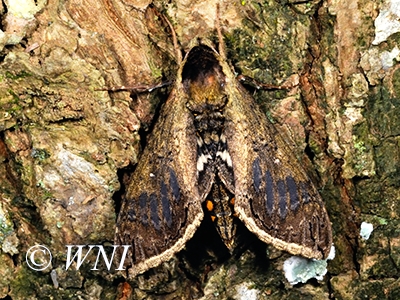 |
Hannibal Sphinx (Manduca hannibal) |
|
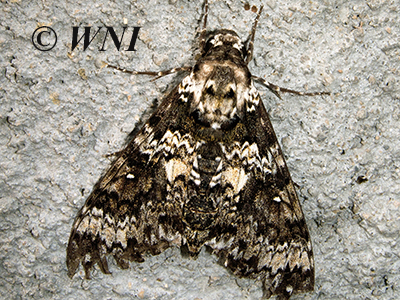 |
Rustic Sphinx (Manduca rustica) |
|
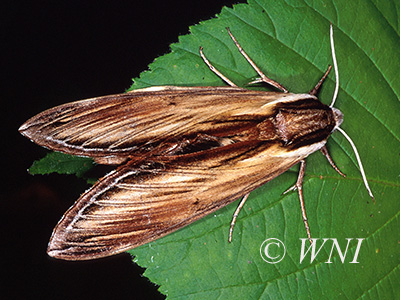 |
Laurel Sphinx (Sphinx kalmiae) |
|
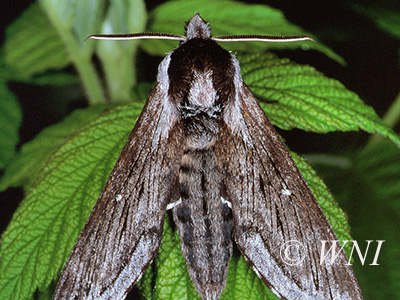 |
Northern Apple Sphinx (Sphinx poecila) |
|
| Unauthorized use of our images is NOT permitted. | ||
| Hotlinking or "pinning" of our images to websites is STRICTLY PROHIBITED. | ||
| Copyright © Michael Patrikeev - All Rights Reserved | ||
| |
||





